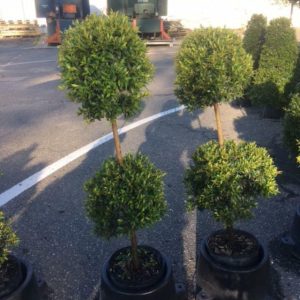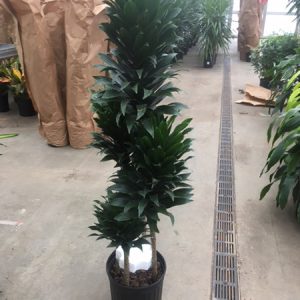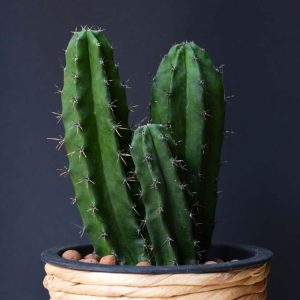Description
Silene – Campion – Catchfly –
There are over 500 annuals, biennials, and deciduous or evergreen perennials, some sub-shrubby in the Caryophyllales family, in this genus. They naturally occur in widely distributed habitats ranging from open woodland to meadows and mountain screes in the Northern Hemisphere, mostly in the Mediterranean region, but some extend to the Moutains of tropical Africa and South America. The variable leaves are opposite, often silky, elliptical, and smooth edged. The flowers have 5 often notched or split, clawed petals and a tubular, often conspicuously in flated calyx, they are borne singly or in sprays, clusters, broad or narrow panicle like cymes, or corymb like panicles. Some species open their flowers only at night. Some species exude gum from their stems, passing flies get stuck to this, hence the common name “catchfly”. Most Silenes are easily grown, and often self seed freely. Smaller perennials suit a rock garden, and taller ones for the front of a wild garden. Use annauls as bedding in a mixed or annual borders. Some Silenes resent winter moisture and are best grown in a scree bed.
Grow in moderately fertile, well drained, neutral to alkaline soil in full sun or light, dappled shade.
Prone to slugs, snails, whiteflies, spider mites, aphids, rust, smut, stem and leaf fungi occur.
S. dioica ‘ Rosea Plena’ – Red Campion – This clump forming semi evergreen biennial or perennial grows 32″ tall and 18″ wide. It produces dark green leaves, most to 3 ½” long, basal leaves egg shaped, the stem leaves egg to oblong shaped, becoming smaller and almost stalkless toward stem tips. From late spring to mid summer, bears loosely branched, panicle like cymes of large, rounded, double flowers, 1 ½” across, with notched, dusky pink petals, white at the bases.
Zones 6-9





